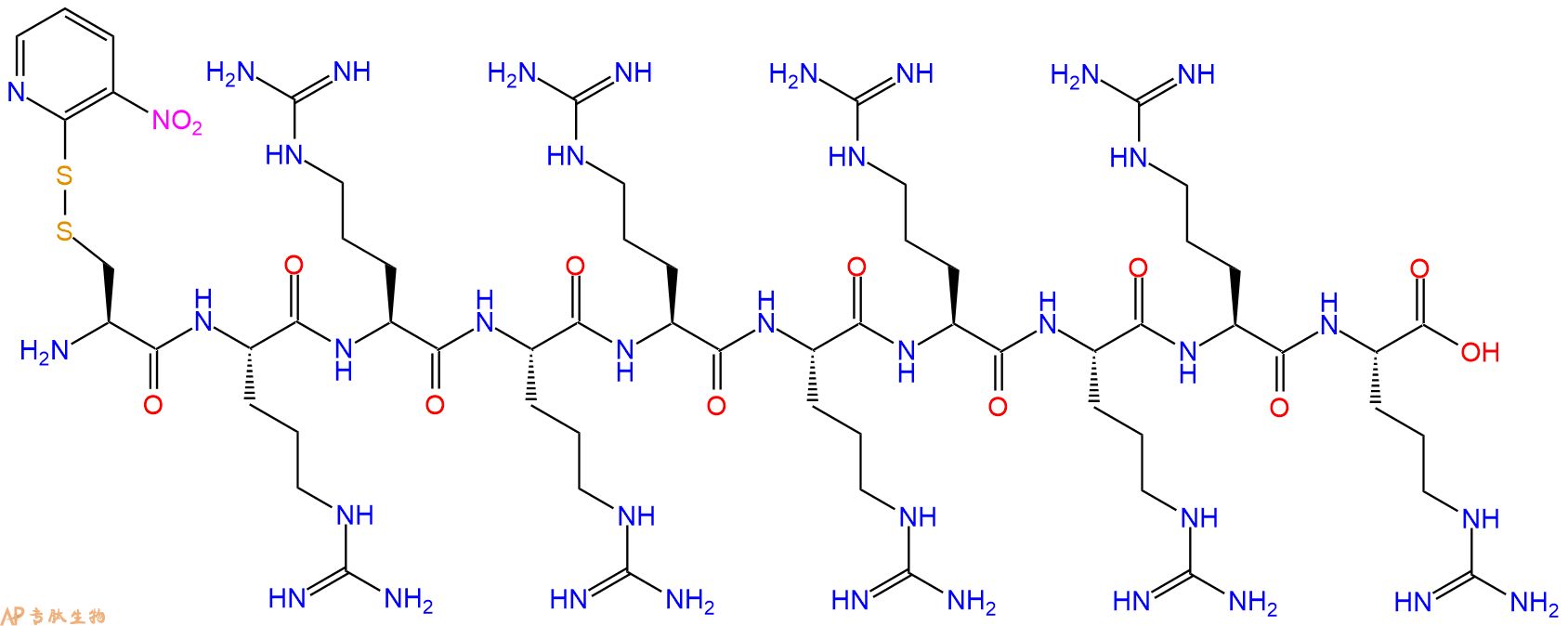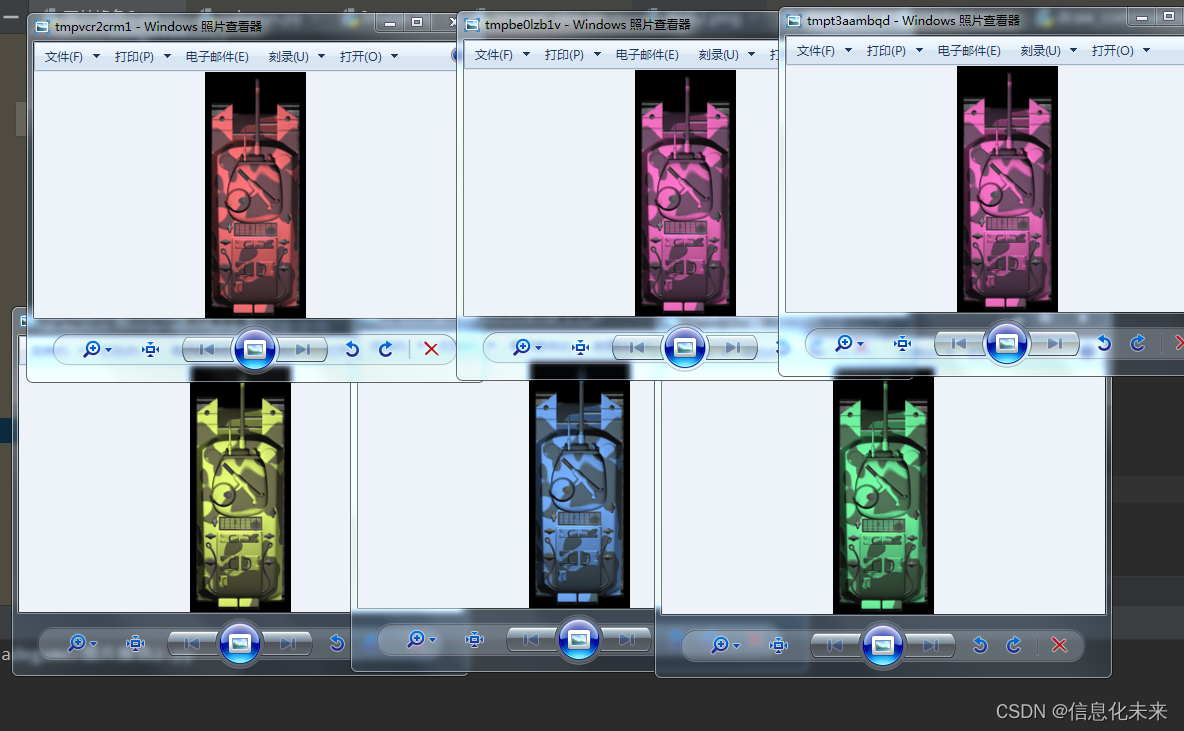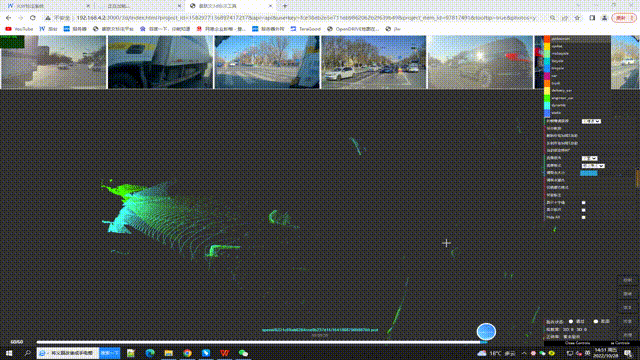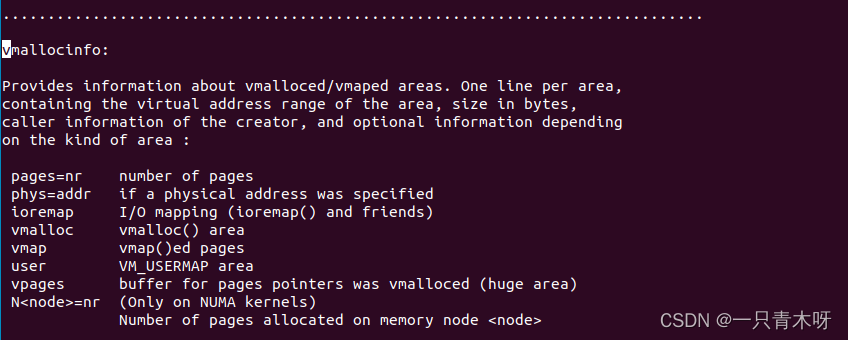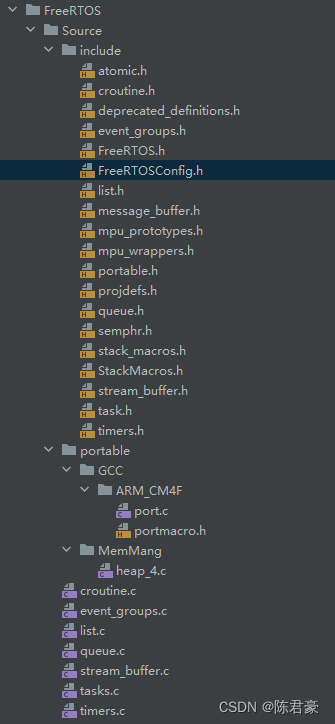golang pprof性能调试:寻找cpu瓶颈
1、引入pprof进行性能调试
在代码中加入:
import _ "net/http/pprof"
go func() {
http.ListenAndServe("0.0.0.0:8899", nil)
}()
示例:为冒泡排序加入pprof debug
package main
import (
"math/rand"
"net/http"
_ "net/http/pprof"
"time"
)
func generate(n int) []int {
rand.Seed(time.Now().UnixNano())
nums := make([]int, 0)
for i := 0; i < n; i++ {
nums = append(nums, rand.Int())
}
return nums
}
func bubbleSort(nums []int) {
for i := 0; i < len(nums); i++ {
for j := 1; j < len(nums)-i; j++ {
if nums[j] < nums[j-1] {
nums[j], nums[j-1] = nums[j-1], nums[j]
}
}
}
}
func main() {
go func() {
http.ListenAndServe("0.0.0.0:8899", nil)
}()
for {
n := 10
for i := 0; i < 5; i++ {
nums := generate(n)
bubbleSort(nums)
n *= 10
}
}
}
2、pprof命令行交互式查看程序最消耗cpu的地方
1、启动上述程序:
go run main.go
2、访问pprof暴露的cpu debug api接口,收集30s内的cpu数据:
go tool pprof http://localhost:8899/debug/pprof/profile\?seconds\=30
3、在交互命令中,使用top,list来查看最消耗cpu的地方
go tool pprof http://localhost:8899/debug/pprof/profile\?seconds\=30
Fetching profile over HTTP from http://localhost:8899/debug/pprof/profile?seconds=30
Saved profile in /Users/zejia.lu/pprof/pprof.samples.cpu.003.pb.gz
Type: cpu
Time: Nov 27, 2022 at 12:09pm (CST)
Duration: 30.19s, Total samples = 26.13s (86.56%)
Entering interactive mode (type "help" for commands, "o" for options)
(pprof) top
Showing nodes accounting for 26.06s, 99.73% of 26.13s total
Dropped 18 nodes (cum <= 0.13s)
flat flat% sum% cum cum%
24.57s 94.03% 94.03% 26.06s 99.73% main.bubbleSort (inline)
1.49s 5.70% 99.73% 1.49s 5.70% runtime.asyncPreempt
0 0% 99.73% 26.06s 99.73% main.main
0 0% 99.73% 26.06s 99.73% runtime.main
(pprof) list main.bubbleSort
Total: 26.13s
ROUTINE ======================== main.bubbleSort in /Users/zejia.lu/go_pprof/main.go
24.57s 26.06s (flat, cum) 99.73% of Total
. . 15: }
. . 16: return nums
. . 17:}
. . 18:func bubbleSort(nums []int) {
. . 19: for i := 0; i < len(nums); i++ {
12.41s 13.31s 20: for j := 1; j < len(nums)-i; j++ {
4.33s 4.92s 21: if nums[j] < nums[j-1] {
7.83s 7.83s 22: nums[j], nums[j-1] = nums[j-1], nums[j]
. . 23: }
. . 24: }
. . 25: }
. . 26:}
. . 27:
4、输出列解析
flat 当前函数占用 cpu 耗时
flat % 当前函数占用 cpu 耗时百分比
sum% 函数占用 cpu 时间累积占比,从小到大一直累积到 100%
cum 当前函数加上调用当前函数的函数占用 cpu 的总耗时
%cum 当前函数加上调用当前函数的函数占用 cpu 的总耗时占比
5、结果分析
我们可以看到最消耗cpu的函数:
24.57s 94.03% 94.03% 26.06s 99.73% main.bubbleSort (inline)
我们可以看到这个函数里cpu消耗在哪里:
12.41s 13.31s 20: for j := 1; j < len(nums)-i; j++ {
4.33s 4.92s 21: if nums[j] < nums[j-1] {
7.83s 7.83s 22: nums[j], nums[j-1] = nums[j-1], nums[j]
3、pprof ui方式查看程序最消耗cpu的地方
1、调试时指定通过ui方式查看,ui地址为8888端口,要调试的服务暴露的pprof端口为8899:
go tool pprof -http=":8888" http://localhost:8899/debug/pprof/profile
2、访问8888端口查看ui界面进行可视化调试:
查看最消耗cpu的地方:


4、pprof ui方式查看cpu消耗拓扑图
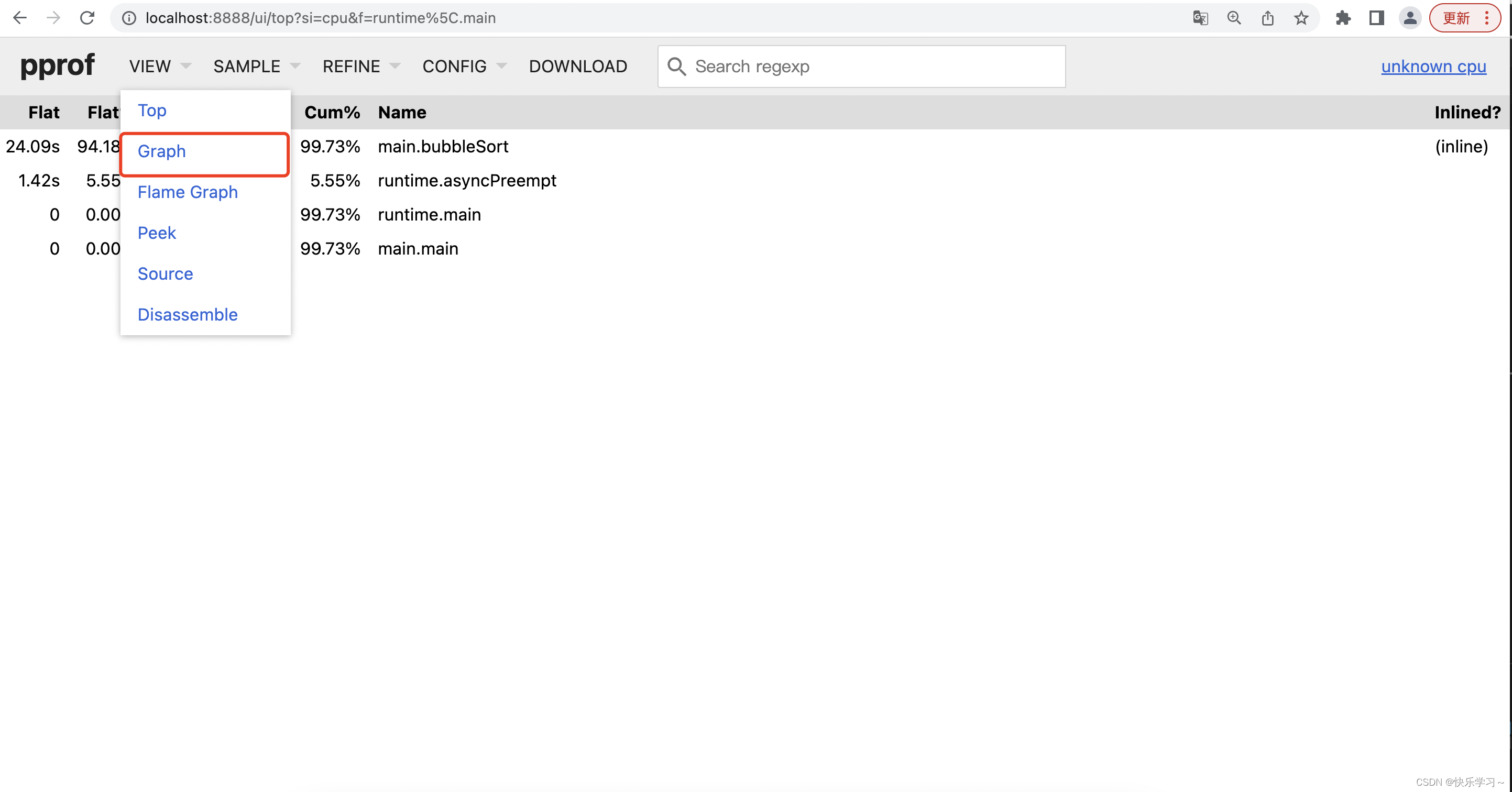
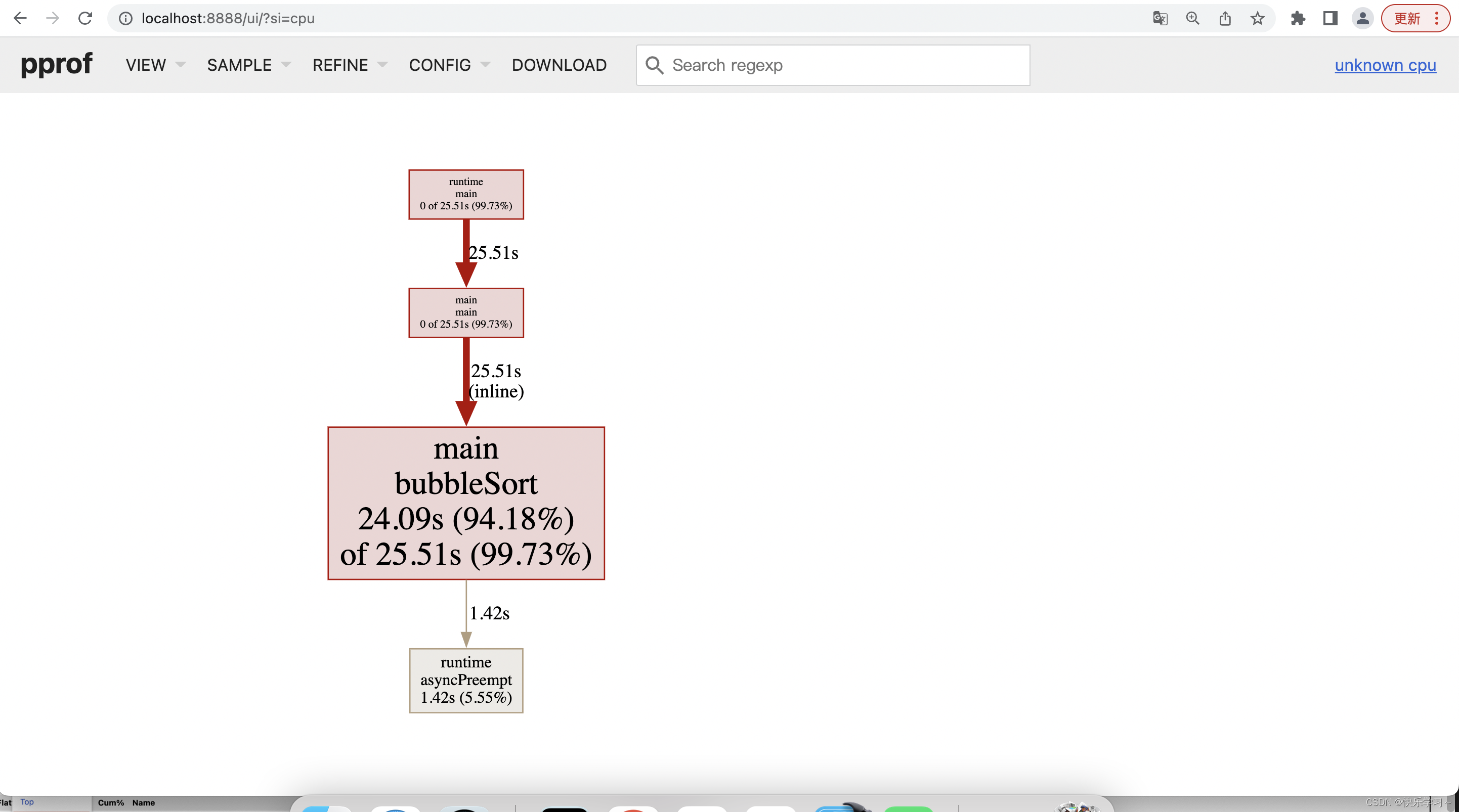
5、pprof ui方式查看cpu消耗火焰图
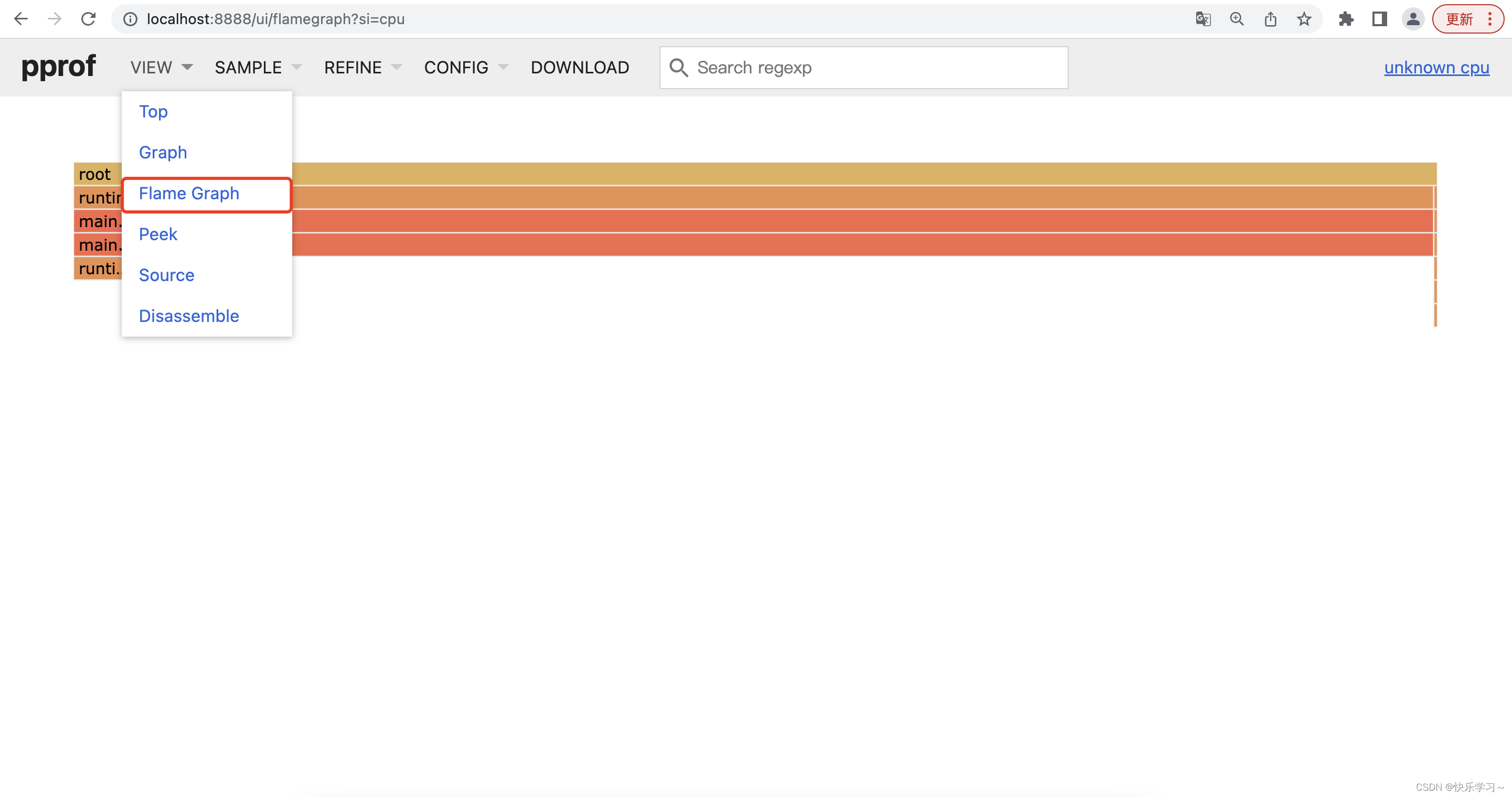
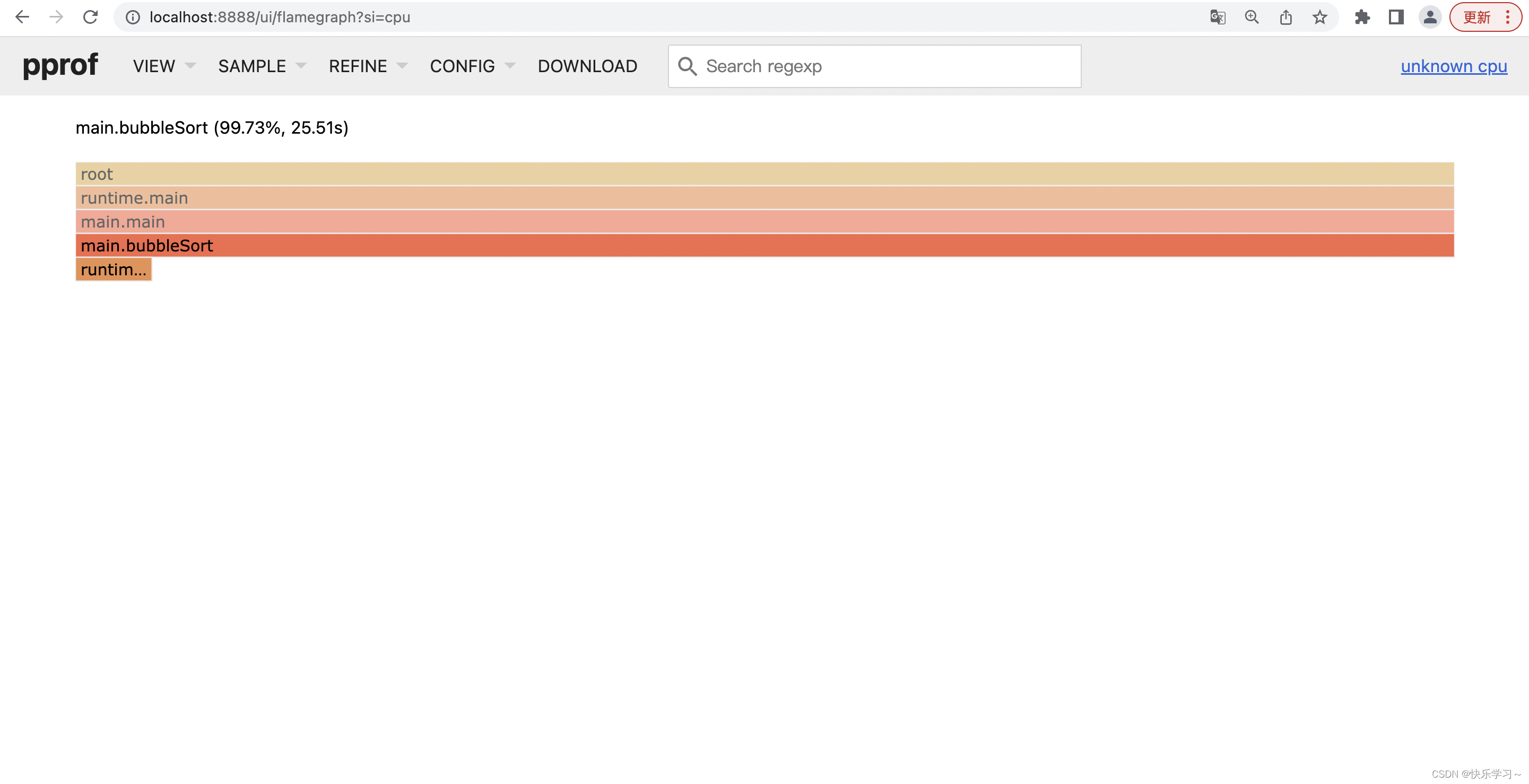
生成追踪图和火焰图需要安装graphviz
brew install graphviz
常用命令
// 查看cpu消耗前20的函数调用
top 20
// 查看累计cpu消耗前20的函数调用
top -cum 20
// 查看代码符号附近的cpu占用情况。其中代码符号类似于c++的函数符号表,可以简单理解成函数名
list "代码符号"

